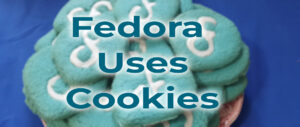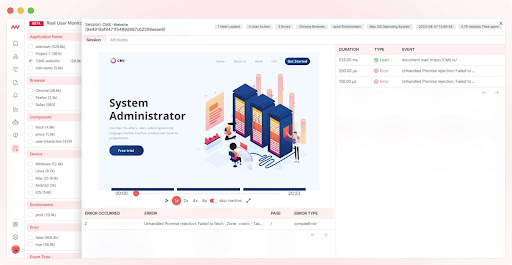This is not a post about privacy, browser cookies, keeping you safe online and all that good stuff. You can find a plethora of information on that in some other articles and resources.
This post is about actual Fedora cookies and trying to put a smile on people’s faces while inspiring them to contribute to the Fedora Project.
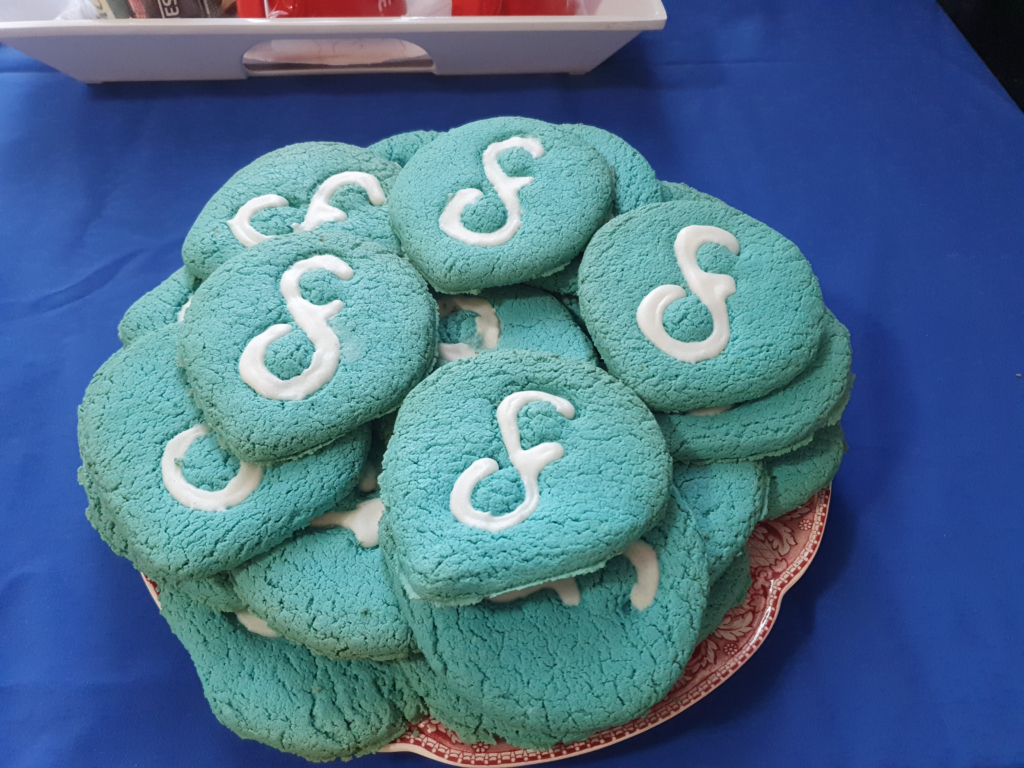
The idea is far from being original – we’ve seen the Tux cookies images floating around the Internet, but it is a novel thing in Fedora. The idea was discussed a couple years ago with local hackerspace Tilda Center. They had a 3D printer readily available and were kind enough to offer to collaborate with us.
However, the legacy Fedora logo was not… “cookie friendly”. It had three colors that were supposed to be either fully colored or very cleverly translated into difference in cookie dough imprints (differing depth, texture or other…).
The cutter
Now, with the new logo, this task becomes much easier and we decided to go for it. Looking at the Fedora Magazine’s article on how to get started with 3D printing, I decided to attempt to create a 3D model of the cookie cutter myself, rather than waiting on someone else to do it for me.
Working with OpenSCAD was surprisingly easy and intuitive for someone who has never dealt with 3D modeling. Step by step, the logo started taking shape. The most time-saving feature was the ability to import scalable vector graphic (SVG) files. This way I got a jump start on the logo itself and just needed to shape the supporting features of the cutter.
After getting some pointers from the more-experienced people, the final shape took place:
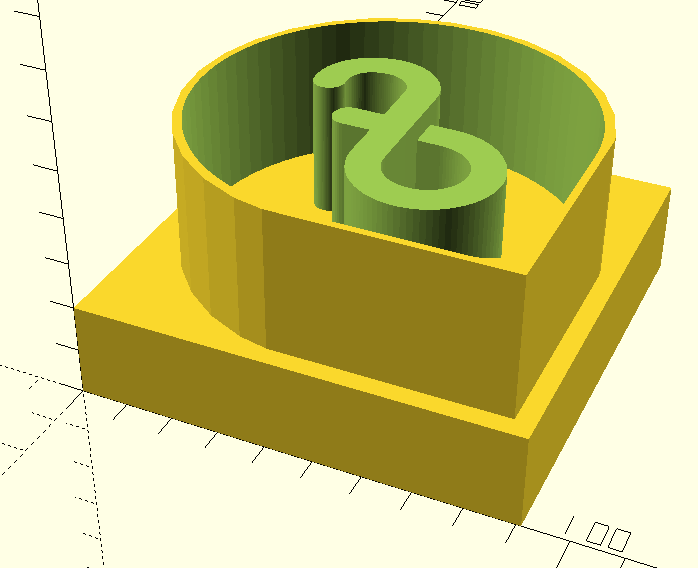
Now, for the very experienced amongst you, you will spot a few things that could be improved. Do note that I received some of those suggestions but decided against them due to the fear of the cutter breaking, dough thickness and greasiness, and other issues.
However, I do agree that the “cutting” edges should be a bit sharper. I fixed that, post-production, with some sand-paper. (The base for holding the cutter is also too thick at 2cm, so we reduced it to 1cm before printing.)
The dough
For the ones amongst you who would like to give it a go, here is the recipe for the dough and icing. Tthe cutter model is available by request from logo@fedoraproject.org:
900g white flour 400g sugar 6g baking soda 5g salt 3g dry white food coloring 3g dry blue food coloring 20g vanilla sugar 20g sour cream half a skin of a lemon 4 eggs 500g margarine 200g powdered sugar 50g white chocolate Cookies: Remove margarine from the fridge so it would be easier to work with. Pour food coloring from bags into a cup and make sure there are no crumbs. Mix flour, sugar, baking soda, salt, vanilla sugar and coloring into a larger bowl. Grind half of lemon's skin (make sure that lemon is not sprayed with pesticides). Add sour cream, one whole egg and three egg yolks. We set eggwhites a side for glazing. It's best to cut margarine into chunks for easier management. Mix everything by hand, cover with foil and put it in the fridge for an hour. Heat up the oven to 175'C (without removing the oven plate). Then, remove the oven plate from the oven and leave it for 5 minutes to chill a bit. This is done so the first and the other batches are exposed to the same environment. Use rolling-pin to stretch the dough to 4mm directly on the baking paper. Hint: it may be easier if you somehow fix the paper to the table. Someone may hold it for you, or use small pieces of duct tape. From my experience it's best to make three spheres and stretch them into a cylinder. Place them on the baking paper as shown on the image and stretch them in square shape. Keep the tip of the cutter submerged into vegetable oil so the dough doesn't stick. After every 2-3 cutter impressions, re-dip it into oil and proceed. | n n n | | u u u | Create impressions with the cutter, and remove extra dough. Bake it on the second level in the oven for 20 minutes at 175'C, remove it and leave for 5 minutes. We wait so the cookies could chill a bit so the don't break when removing from the oven plate. Repeat until you use up all the dough. Glazing: Stir egg-whites by hand until they get white color, then add white chocolate. Steam boil it for 8 minutes until the chocolate melts and egg-whites are thermal-processed. Remove from the stove and add powdered sugar then stir it well. Use single-use bags for cake decoration to apply glazing.
The consumption
Finally, cookies are irrelevant if nobody eats them, so we organized a sprint to translate some of the Fedora sites. This time we focused on the fedoraproject.org website as it was not translated after it got an upgrade.
Since this was the first time we organized such an event, we didn’t ask for any additional support from Fedora, apart from standard swag that we dealt-out in a conference-style gift bags.
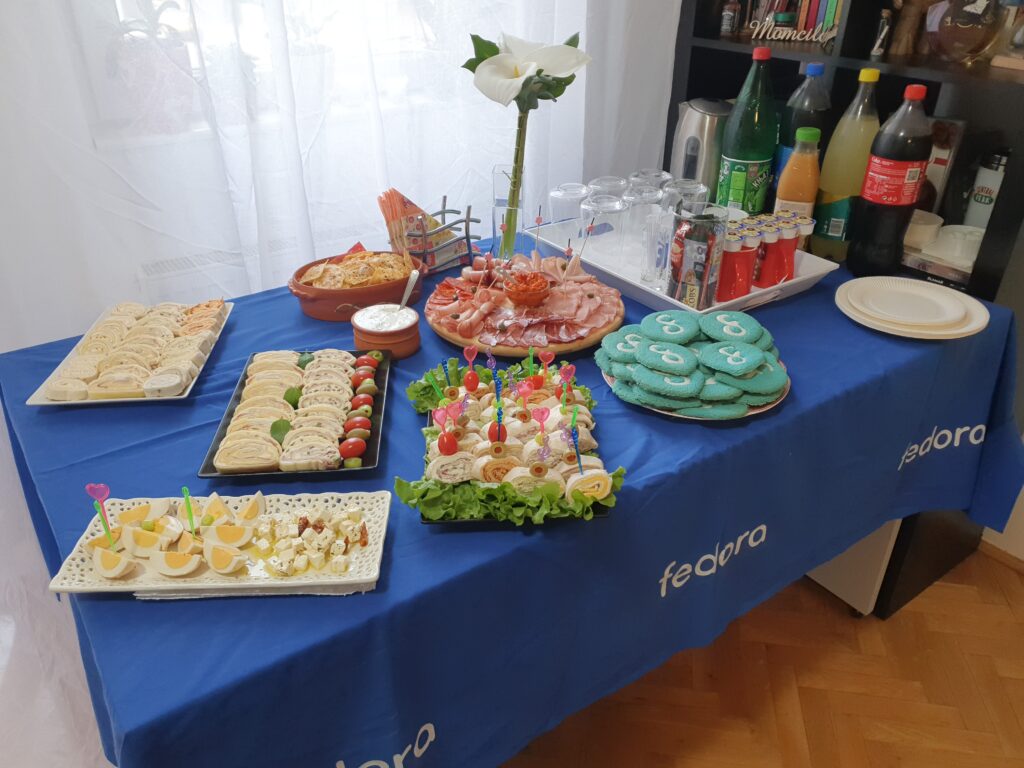
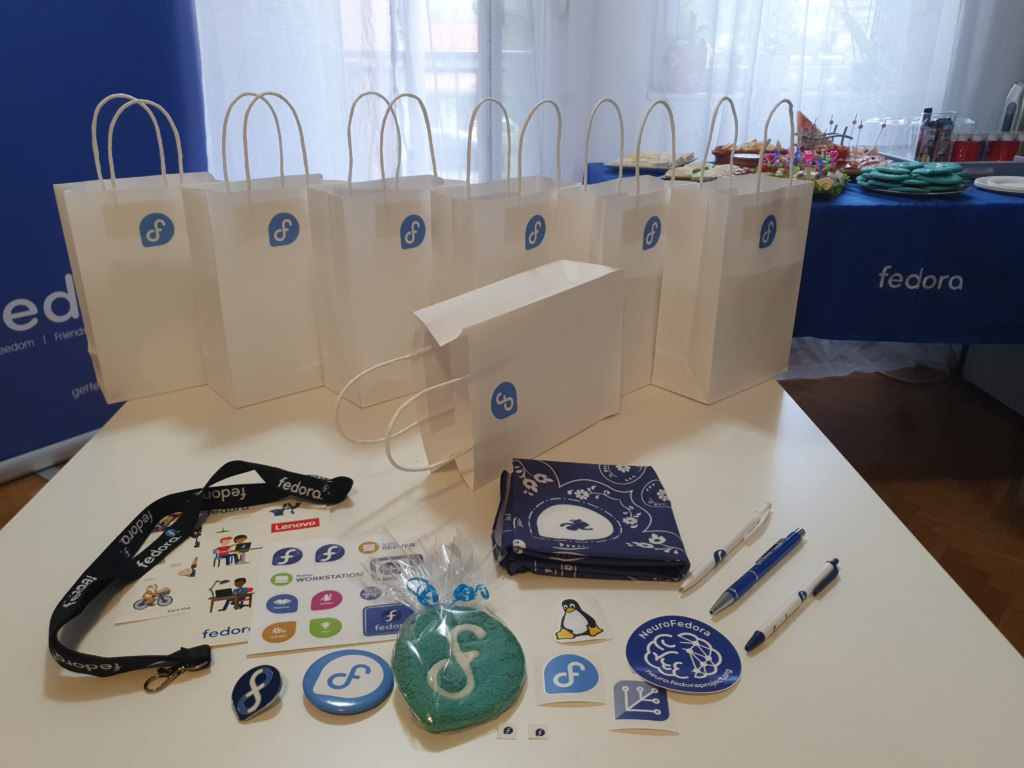
Final result: we have the fedorproject.org website available in Serbian and many translation contributors looking forward to new sprints!
Everybody involved was rather new to translation in general, but were very happy and are looking forward to new events in the future.
